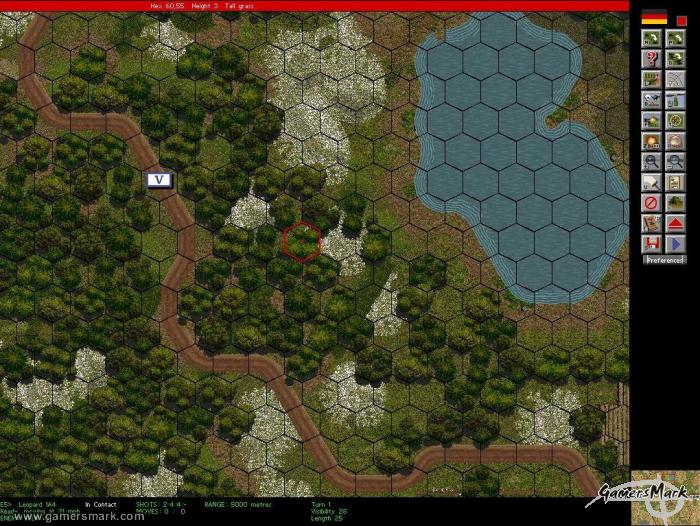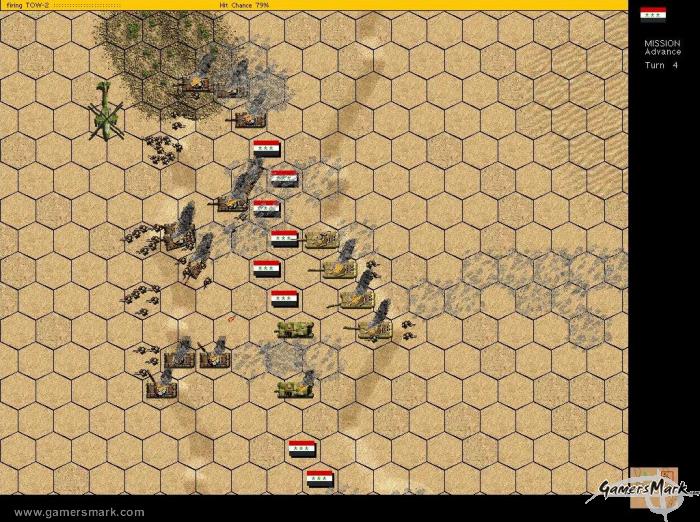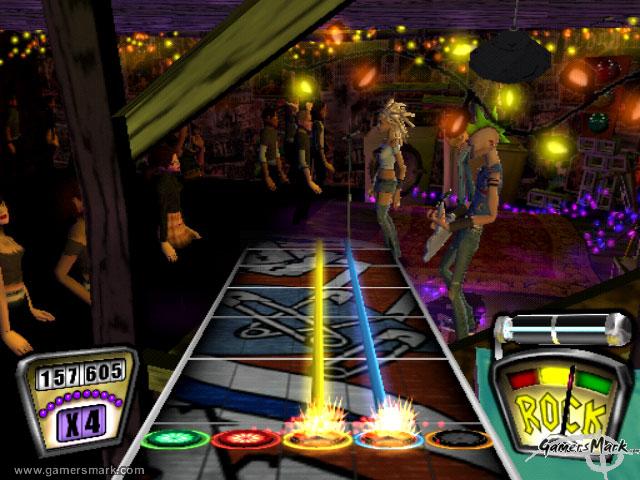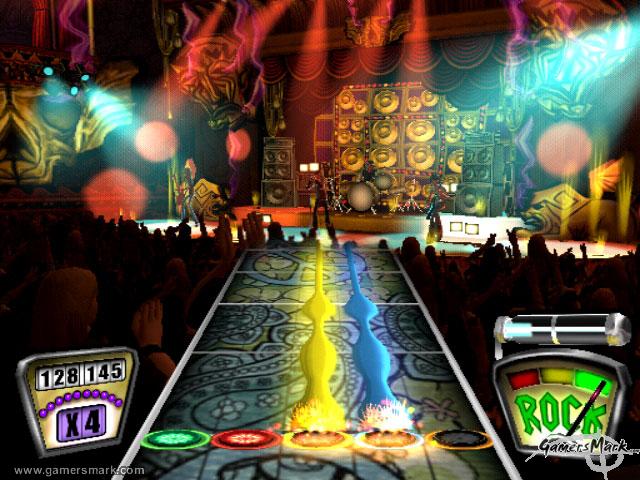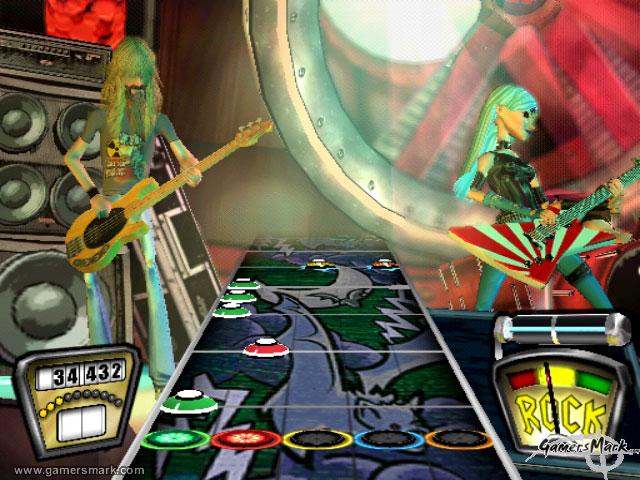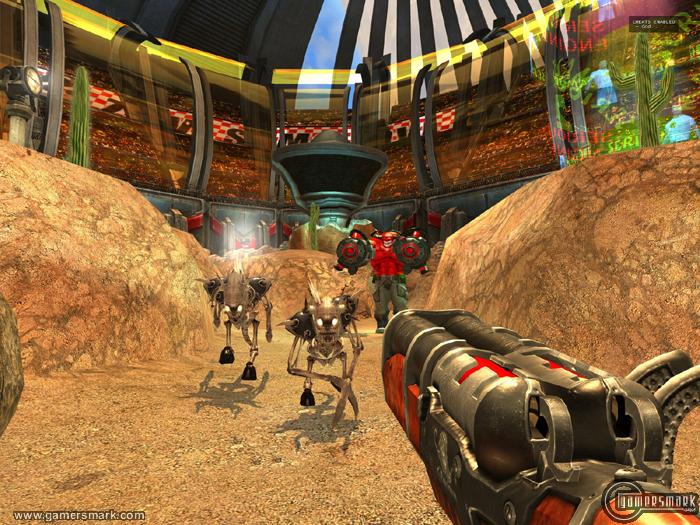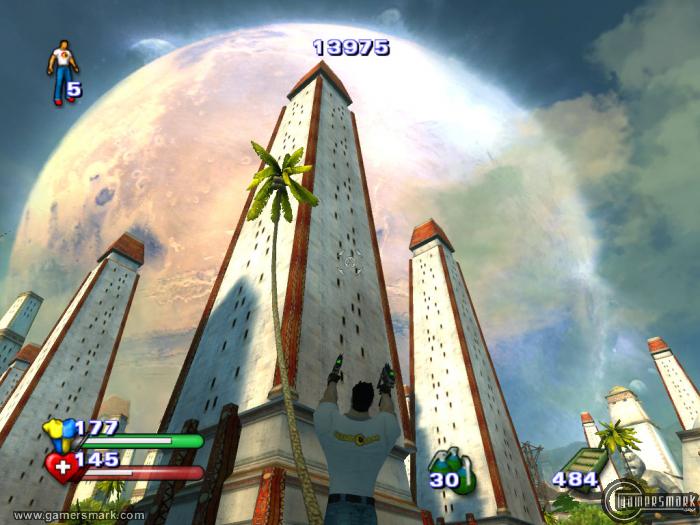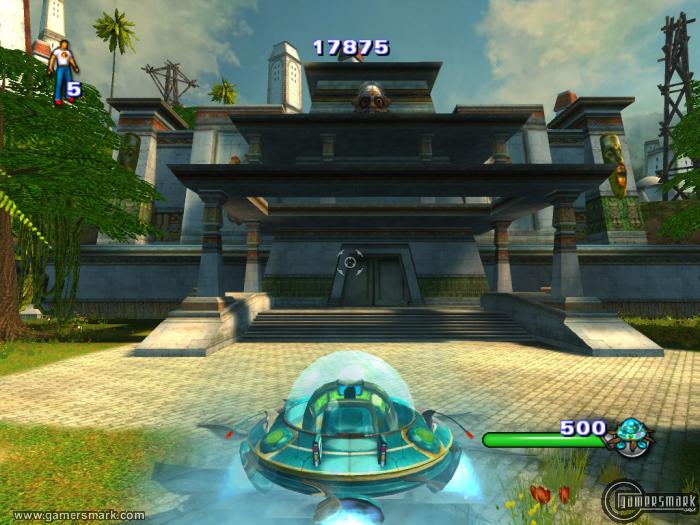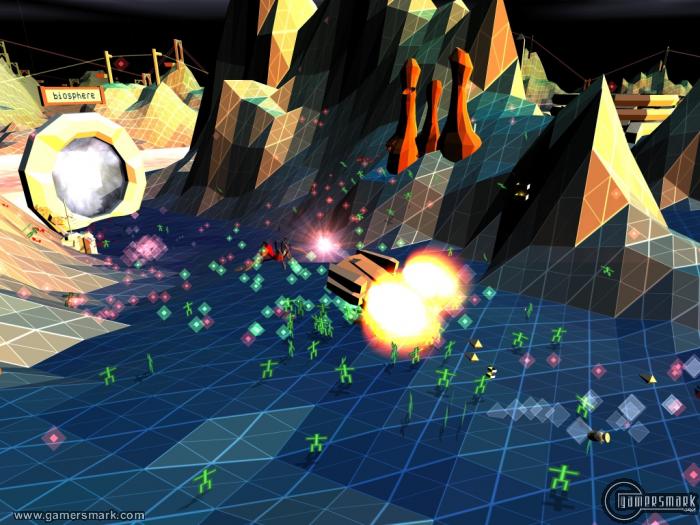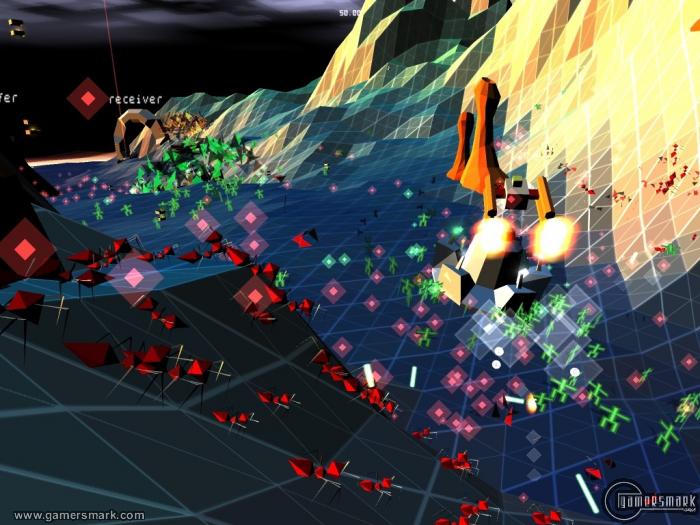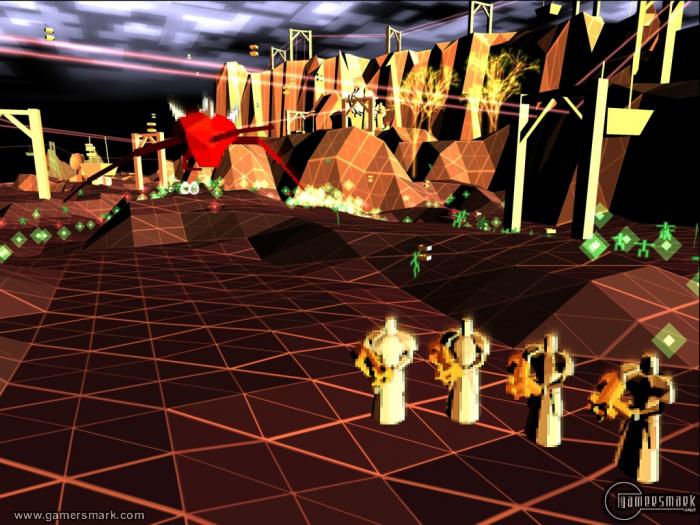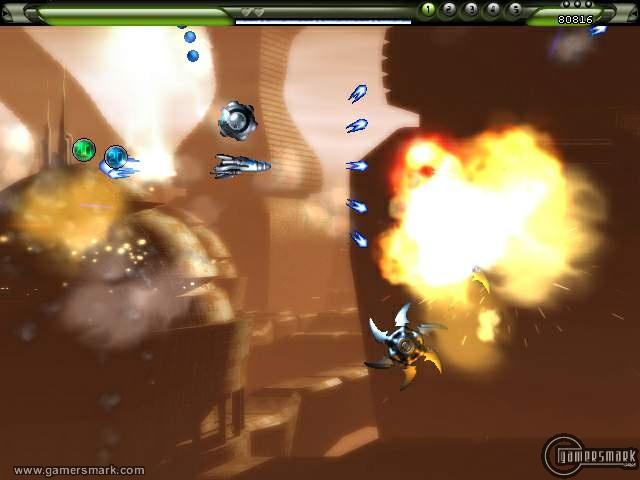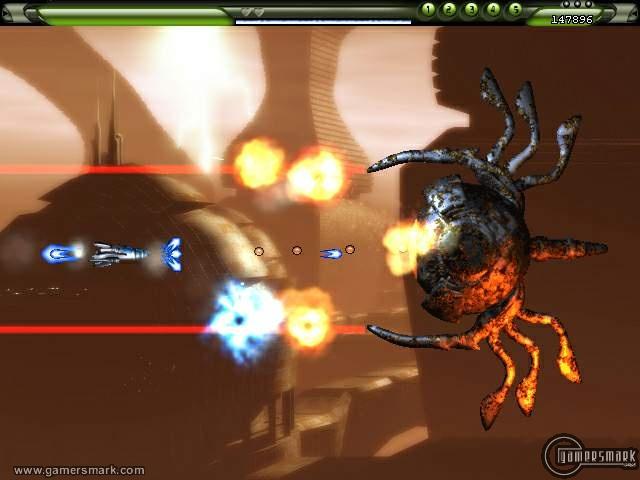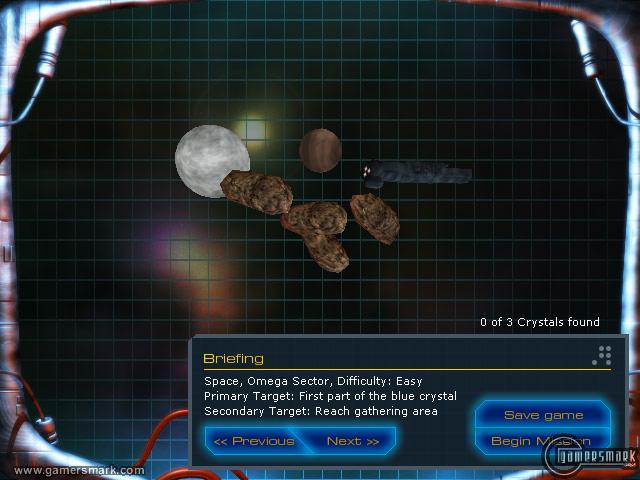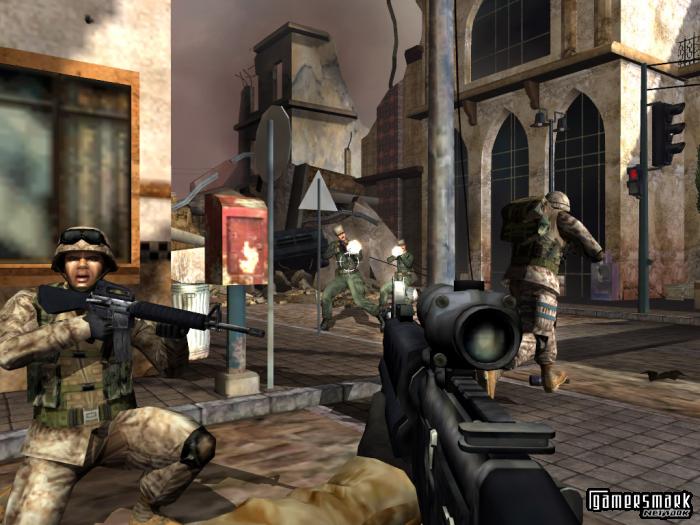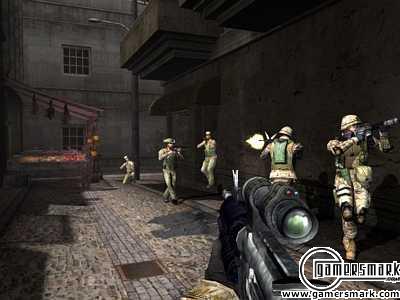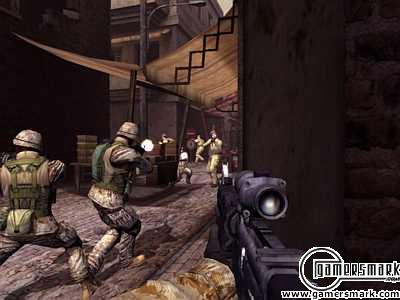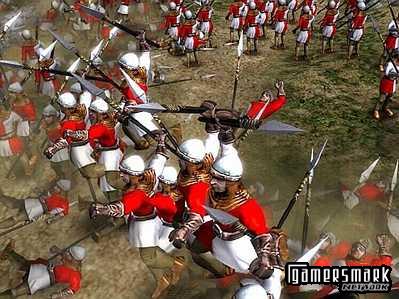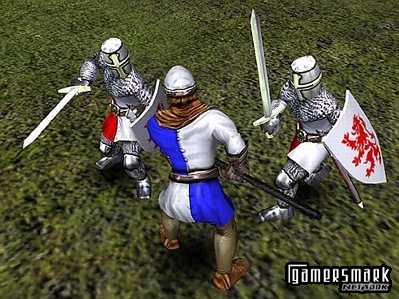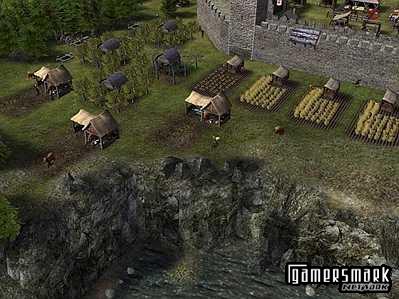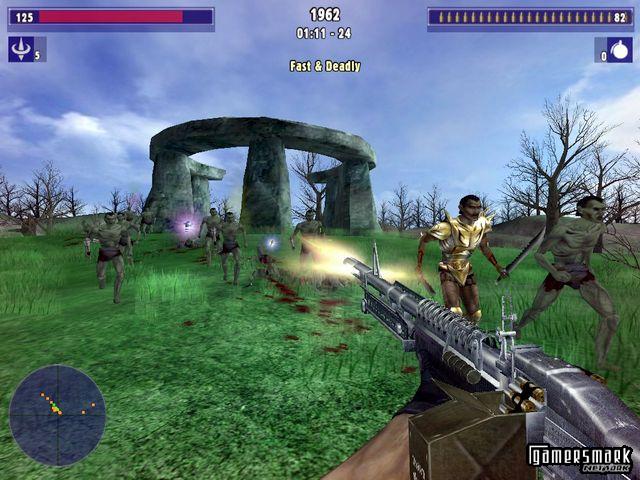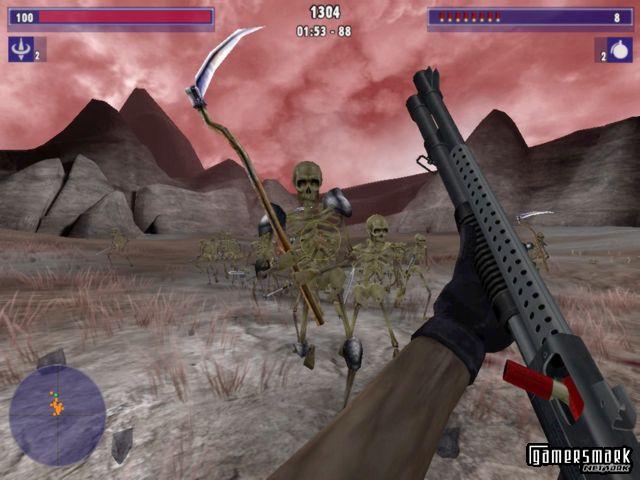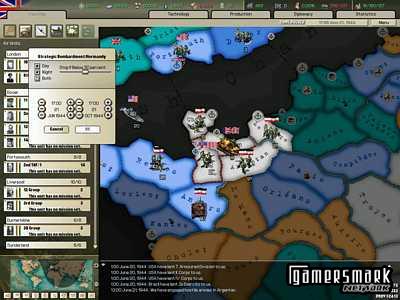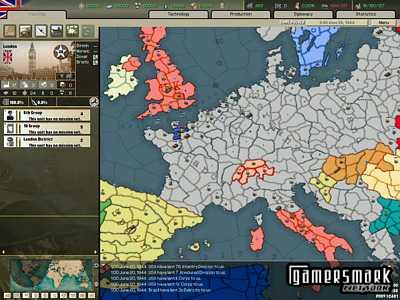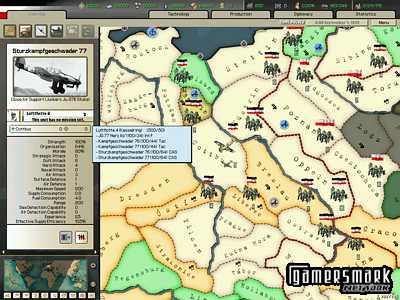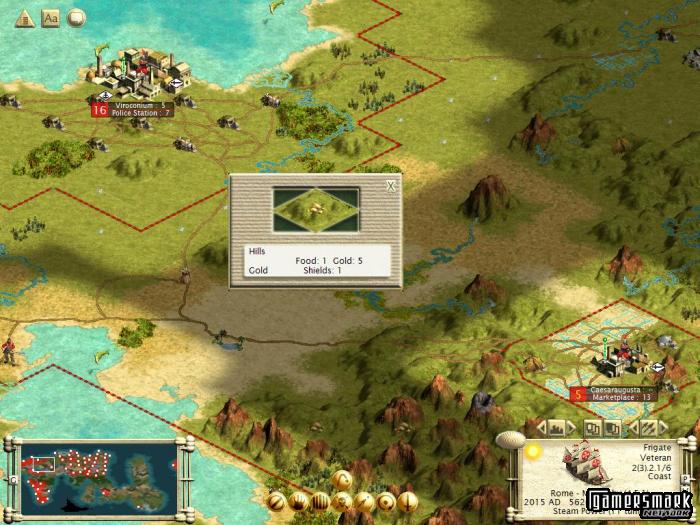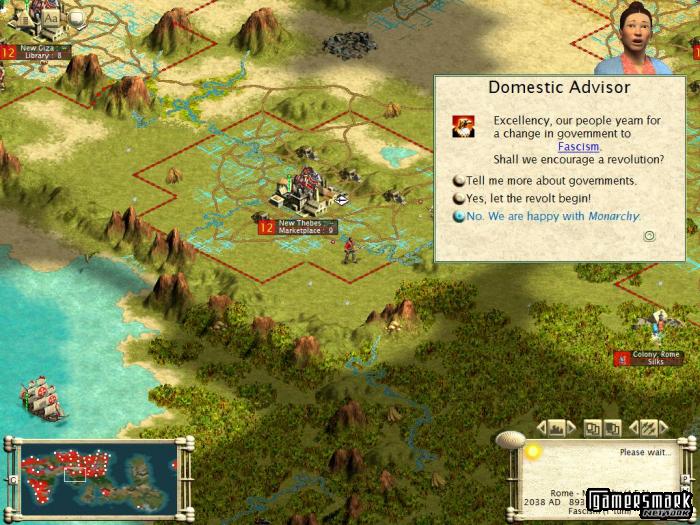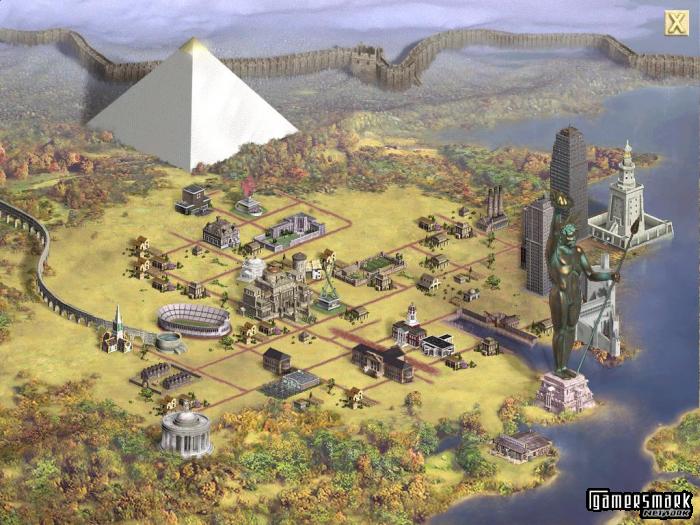Developer/Publisher: Intermedia Ware || Overall: 5.5/10
Absolute Blue, seemingly a part of a recent movement by independent developers to bring back the side-scrolling space shooters, is just that: a side-scrolling space shooter made by an independent developer. Even though the game looks pretty, that doesn’t save it from the deplorable aspects of game play and absent improvements on the genre itself. While not touting the title of being a horrible game, Absolute Blue is just plain not good. Especially when there are superior space shooter-type games, like Jets’n’Guns, which is also made by an independent developer, Absolute Blue pales in comparison to the feats accomplished by such games.
For being an independent game, Absolute Blue looks excellent. However, while the screenshots for the game may give a false first impression about how good the game’s “fun factor” might be, what makes the game ultimately very frustrating and very tedious (and ultimately not very fun) is the game play and the basic controls. Maybe I was spoiled by the amazing game play and almost-flawless controls of Jets’n’Guns, but Absolute Blue really is a snore-fest to me. For the most part, there is nothing imaginative or “innovative” about the game to even consider it being anything more than an average game. The game is ridiculously linear, and in the fashion of the older games of this type from the 80s, once you die you start all over. While there is a save game function, you’re only allowed to save once you clear a full area (which contains separate levels within it), if you even get that far. Needless to say, if you have a hard time getting past the first area, you’re going to become very frustrated, as you will most likely die many-a-time, and then be forced to replay through the areas you had just gone through so that you can get to the point you had just died at before to try it again. Hopefully you won’t forget what you were supposed to do or die again, being forced to start the whole area yet again. When it gets really frustrating is if you keep dying in the first area; it seems like no progress has been done at all, as you basically restart the whole game constantly.
There’s no story. The game plops you in the middle of space, and off you go. There isn’t even any acknowledgement about what you’re supposed to do, collect, kill, or save. But, as always, it’s probably something to do with saving the universe from an evil alien race and you being the last hope. Why is it always up to us to save the universe? That’s a heavy burden to undertake if you think about it. And there are never any other aliens to help out, now that I think about it. I guess the goal of the whole game is to obtain enough parts of crystals to add up to three crystals, all done by visiting all these areas and blowing stuff up in the process (but its ridiculously easy to just not shoot everything and still get pretty far in a level). And then you use the crystals to save the universe. Maybe.
There are four areas to the game, each with their own set of levels. While you’re not able to select any of the levels to play that each area has (or even see how many there are), you must complete the levels in a linear fashion to get to the progressively harder levels, ultimately beating an area to go to another area. Only one area is available at the start, which is not necessarily bad, but it’s not good either. The selection of levels come in the form of a deep space/asteroid place, a weird black log (what I can only assume to be a spaceship), a brown planet, and one white planet. That sure is a scenic tour, considering the aliens who are attacking are attacking the whole universe. Of course, you can see the reason behind the aliens’ interest in each of the areas you fight them in, especially the deep space void that has a bunch of random spiked walls and floors randomly floating around or a big black log in the middle of space. Yes, I know it’s not supposed to be realistic, but I can’t help not thinking about it.
As I said before, the graphics are nice. However, the enemies you encounter aren’t very imaginative or interesting. The enemy’s projectiles, most being small red balls, can also be too hard to see since they are usually very small and blend in with the background too much. Even your enemies are hard to see because they blend in too well with the background.
The Dearth of Good Things
So, what else besides the graphics are actually good about this game? Well, they do get some things right when it comes to the game.
There are the usual things, such as a health bar, lives, and the purpose of the game being to obtain points. While you get points for just destroying an enemy, more often than not, they will release a floating orb with a number on it that, when collected, gives you extra points. There are obstacles in the game that utilize timing and the scrolling of the screen, or what I like to call “screen crunchers.” As levels progress, the scrolling speeds up, forcing you to think fast, or slows down, allowing you to deal with an obstacle/problem.
On the ship enhancement side of things, there are your standard power ups and speed ups. There are also power down and speed downs, so there are certain decisions you have to make (whether or not it’s worth it) to try and get a power up or if you should sacrifice one of your power levels to get through an area easier. There are also satellites that have different kinds of firing characteristics that can be found through levels so that you can kick ass easier. When holding down the firing command for the satellites, you can’t use your ship’s regular weaponry because they’re only used once for every fire key press. Unless you press the fire key a lot, you’re basically using one or the other, depending on the type of satellite, however.
The soundtrack is also a good part of the game, as it is very electronica-oriented, and goes well with the space setting, as well as the levels you’re in. Though there are crappy-sounding voices used in the game at random times, they sort of fit with the songs, almost sounding as if they are part of the song that is playing since they have a little bit of a European accent to them.
A nice part about the game is that it gives you the freedom of using a keyboard, a mouse, a joystick, or even a joystick with force feedback. But these good control preference choices quickly turn into bad things.
The Abundance of Bad Things
Let’s start at the beginning. When you boot up the game, there’s a long start-up time. You’ll be sitting there for a while watching the load bar slowly fill up. There’s a lot of “decrunching,” whatever that means. Besides that, once you start up the game you’re not able to adjust volume while you’re in the game or it will crash. If your speakers have a volume adjustment, you can do it from there with no problem, but if you’re doing it from your keyboard and not in the options for the game, then it will most certainly crash. But, it could just be a problem that arises from the kind of computer I have and not necessarily so for others. The fact of the matter is that it happens, and that’s not good. Another slight annoyance is that there isn’t a quick exit from the game. The only way to exit is if you go to the title screen and select exit game. It can take up to around a minute to get to depending on what screen you’re at in the game. They also disabled the use of Alt-F4 for the sake of forcing you to go to the title screen to exit. How convenient is that? You can always go to the Ctrl-Alt-Delete box and end the program if it really comes down to it, I suppose. Aside from all of those issues, is the fact that the frame rate drops when a lot of explosions or actions happen on the screen.
First and foremost, however, the control issues drag this game down from being as good as it could (and should) be. Even on easy mode, the game can be challenging, mostly due to the control issues, not because of the difficulty of the game. Though you are given a wide array of options to chose to control your ship with, those of us without a joystick are left with either the keyboard or mouse control options. Each has its advantages and disadvantages. The keyboard is harder to use than the mouse for shooting because of the simple fact that each time you push down the fire key, one shot comes out. That means you’ll be hitting your space bar or ctrl key a lot. However, switching the control preference over to your mouse brings up another problem, as it becomes very hard to move your ship fast enough and far enough to really warrant its use. This mostly happens because there is no mouse sensitivity gauge in the options. Unfortunately, there are no keyboard/mouse hybrid controls either, so you’re either stuck with one or the other, which will most likely be the keyboard because moving is a very important part of the game. This also leaves another problem, because even the keyboard isn’t perfect when it comes to controlling your ship, as one millisecond longer of holding the key could mean certain death for your ship. Even if you have full health, if you accidentally miscalculate and graze the floor or a spiked wall, your ship will blow up instantly, only adding to the frustration of the game, since there are many times where they have “screen cruncher” obstacles that will result in your instant death.
I also found it interesting that as you progressively got higher levels of weaponry, your back fire weapons seem to have more power than the front ones. The front weaponry itself isn’t very strong (unless you have a satellite with you, but that’s not very often) because the lasers shoot in almost all the directions you can think of except for what’s most useful: forward. Most of your shots will hit a wall rather than an enemy, making power ups not really as valuable as how fast you can hit the fire key. It leaves to the imagination why someone would make a ship that fired stronger, more concentrated blasts behind instead of through the front. It also left to the imagination why the programmers thought that was a good enough idea to put in the game.
Absolute Blue has no real redeeming qualities to it, and with a similarly priced game, which outclasses it in every way already out there (namely Jets’n’Guns), you shouldn’t waste your time with Absolute Blue, unless you’re really up for a frustrating challenge.

